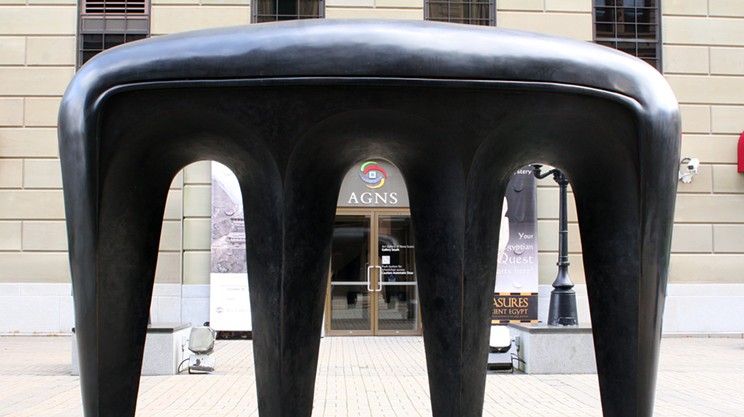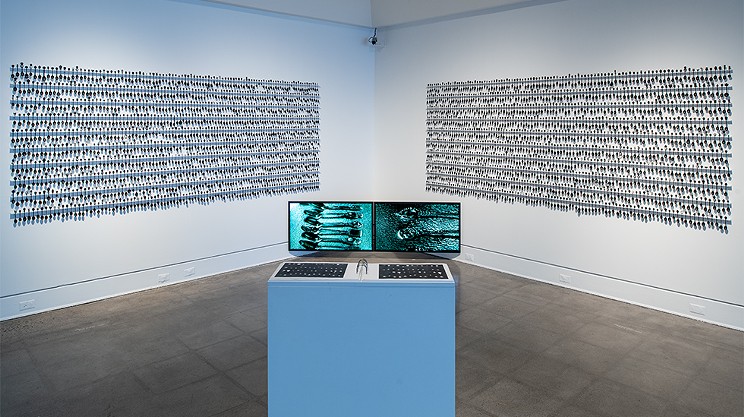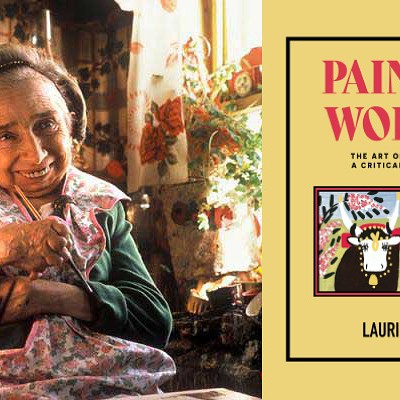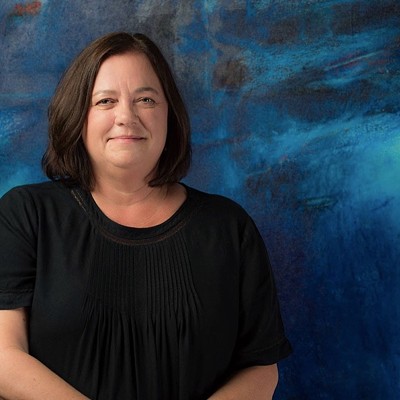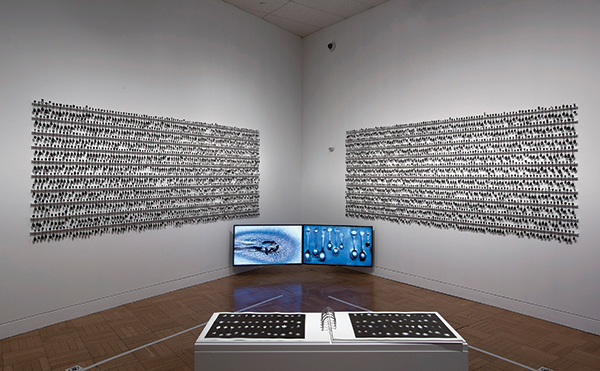
The history of Black lives in Nova Scotia is oft little recorded and little taught in the traditional channels of textbooks and classrooms, but a new exhibition at the Art Gallery of Nova Scotia is looking to give space to this illustrious history with Black voices front and centre.
Here We Are Here: Black Canadian Contemporary Art, originally developed by the Royal Ontario Museum, presents a composite of eight Black Canadian artists, each with their own histories to tell, to push back against the erasure of Blackness from the annals of Canada's art and histories.
The exhibit takes its name from a central piece by Beechville-raised artist, filmmaker and poet Sylvia Hamilton, whose careful curation of archival research, found artifacts and original work comes together in a powerful recollection of Blackness throughout Nova Scotian history.
"It's both a memorial and a recognition of the individuality of Black people," Hamilton says. "I'm exploring questions of history, questions of memory, questions of presence and also whose histories matter."
Hamilton's titular work takes up five floor-to-ceiling panels hung from the gallery wall. The panels are simple: Each offers simply a list of names and ages, printed in black text against a plain background.
The effect is striking—more than 3,000 names cover the wall, each representing an African-descended Nova Scotian. Some were enslaved upon arrival, others are the names of freed Black loyalists, or free Black refugees.
"It's important that the Art Gallery of Nova Scotia...have this installation here because this is the home of African people in Canada," says Hamilton. "The earliest presence of African people in Canada is in Nova Scotia, so it's very fitting that the installation of this work is here for the public to see, to come, to engage with, to be challenged by."
Indeed, the works presented throughout Here We Are Here offer a sort of challenge to the audience. The exhibition asks audiences to consider their own assumptions about the place of Blackness in Canadian life and the gaps in their own knowledge and understanding. With statements of both sweeping collective experiences and intensely personal narratives, each piece works to counteract the absence of Black voices in the tellings of Canada's history by re-writing the story of Canada's Black peoples from a first-hand account.
"This is not an exhibition with a strong thesis, it's a conversation, and each piece somehow provides a glimpse to the issues and different perspectives," says Silvia Forni, senior curator at the ROM in Toronto. "It's all about the complicated history of Blackness in Canada and the complicated presence of being Black Canadian today and always feeling like somehow you do not belong."
Sandra Brewster's "Hiking Black Creek," a larger-than-life photograph of two smiling Black faces in a wood, tells the story of her parents, who immigrated to Canada years apart, reuniting with both each other and their sense of home on new lands. It presents a story of "exploring and optimism," says Forni, a perspective left out of the common contemporary stories of immigration and belonging.
Chantal Gibson's "Souvenirs" takes up the old adage "painting everyone with the same brush," coating 2,000 unique souvenir spoons in the same matte black paint. Arranged in careful, orderly rows, the spoons take on a solemn uniform presence—their individuality obscured by the sameness of the paint. "This is another piece that really engages with the idea of shared experience and individuality," says Forni. "It's a very poetic piece and it can be a very violent piece as well."
Charmain Lurch's "Being Belonging" navigates the idea of freedom and belonging from an intergenerational lens. Five large, loosely sketched drawings depict her daughter in different poses: Dancing, reading, taking up space the world with a confidence and harmony that the artist "does not recognize in her own experience," says Forni.
Though the works in the exhibition vary in style, thesis and theme, together they allow for a rewriting of history, for a retelling of the story of Blackness in Canada, at last from an unapologetically Black point of view. "This is Canadian history; this is Nova Scotian history," says Hamilton. "It's not just for the Black community, it's for all of us to understand that, as James Baldwin says, history isn't past: You and I are history."

